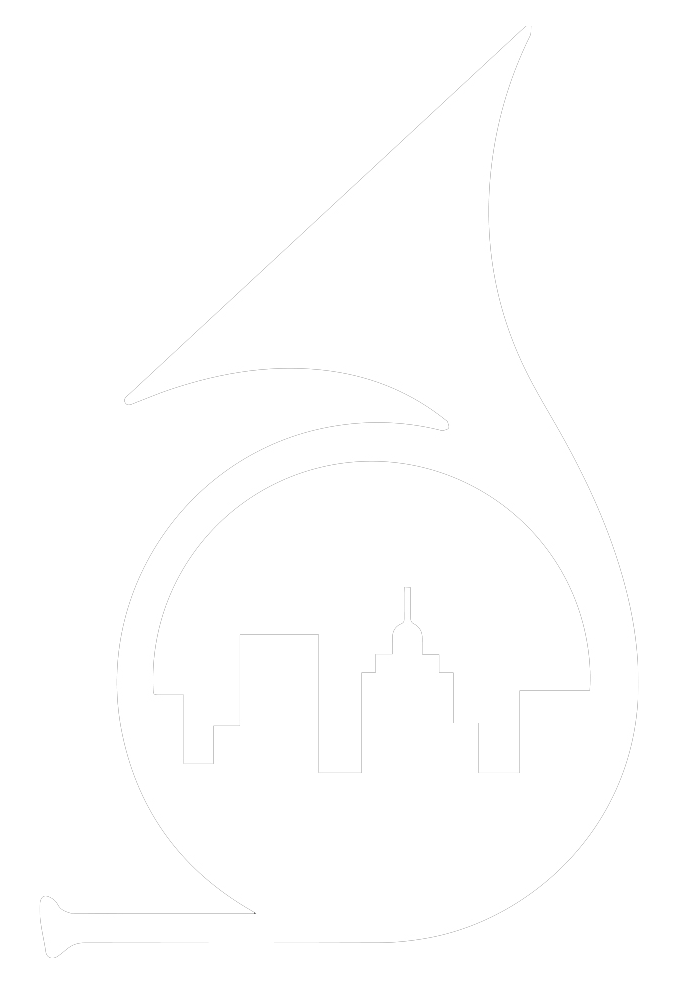Since 1926
The Youngstown Symphony Orchestra finds its roots in 1926 when brothers and conductors Michael and Carmine Ficocelli began a small group of musicians, introduced as “The Little Youngstown Symphony”. Comprised of 12 players with the average age of 16, their first program was broadcast live on WKBN radio.
The Little Youngstown Symphony held its first public concert in May of 1929, then consisting of 22 members. By 1935, the Junior Chamber of Comerce became involved with the group, and the word “little” was dropped from the symphony’s name. Growing in size, the need for a permanent administrative body was realized and the. Youngstown Symphony Society was formed. Four concerts were presented that year, each performed in the Concert Hall at Stambaugh Auditorium. By the 1937-1938 season, concert attendees reached 2,300 people.
.
A New Era
After 25 years of devoted service, the Ficocelli Brothers resigned.
The Youngstown Symphony Society was reorganized during the 1950-1951 season, with Mr. John Krueger, a 29 year old composer and conductor, being hired in 1951. The name of the orchestra was changed to “The Youngstown Philharmonic Orchestra” during that time as well. Under Mr. Krueger, the growth of the organization included the addition of the Youngstown Philharmonic Chorus and the Junior Orchestra.
After fifteen years in the position, John Krueger resigned and Franz Bibo was selected as the new conductor. The orchestra’s name was once again changed, this time to “The Youngstown Symphony Orchestra”. During Maestro Bibo’s 12-season tenure, a successful series of fully-staged, locally-produced operas were performed.
Powers Auditorium
The Warner Theatre, built by Harry, Jack, and Albert Warner as a memorial to their late brother, Sam, held its opening in the year 1931. The theatre flourished through the 40s and early 50s, but by 1968 had closed its doors due to the declining movie theatre business. With the building vacant, the demolition of the theatre was set for September 21, 1968, and the dismantling of fixtures, art objects, and other priceless pieces had begun. The Youngstown Symphony Society had attempted to purchase the building, but sufficient funds were not forthcoming. However, on September 19, 1968, three days before demolition, an anonymous donor guaranteed $250,000.00 to the Society to acquire the theatre as the Symphony’s home. Shortly after the transfer of the title, it was announced Mr. and Mrs. Edward W. Powers were the anonymous benefactors. Plans were put in place for an intensive campaign to gain public support for the renovation of the theater.
On September 20, 1969, the grand unveiling of Edward W. Powers Auditorium was made with a gala performance by The Youngstown Symphony Orchestra of “Die Fledermaus”, conducted by Maestro Franz Bibo.
DeYor Performing Arts Center
The 2,100 seat Powers Auditorium continued as the home of the Youngstown Symphony through the early 2000’s, with an expansion to the facility in 2006. A new performance space, Ford Recital Hall, was added along with the Beecher Flad Pavilion. With the addition of this new modern space to the original Warner Theatre building, the complex became known as the DeYor Performing Arts Center.
Times of Change
The 2019/2020 Season was cut short by a global pandemic that halted all live performances across the United States and much of the world. This pause led to the Youngstown Symphony Society joining with the Henry H. Stambaugh Auditorium Association to share services and staff in an effort to reduce the cost for the organizations during the difficult time.
At the conclusion of the 2024/2025 Season, the Symphony Society began the search for other options in operation of the DeYor Performing Arts Center and the Youngstown Symphony Orchestra. In September of 2025, the Symphony Society transferred the orchestra to the Henry H. Stambaugh Auditorium Association. Upon the acquisition of the orchestra, the Henry H. Stambaugh Auditorium Association, with financial support from community members and local foundations, started planning for the future of the YSO. Erik Ochsner was named music director, and an abbreviated 2025/2026 Season was launched with a focus on building a foundation for a bright future for the Youngstown Symphony Orchestra.
Our Mission
The mission of the Youngstown Symphony Orchestra is to increase the appreciation for and familiarity with fine music, to ensure the continued presentation of traditional symphonic repertoire by the Youngstown Symphony Orchestra while encouraging the establishment of American and contemporary music and addressing the needs of a varied community.






